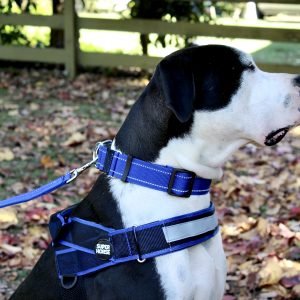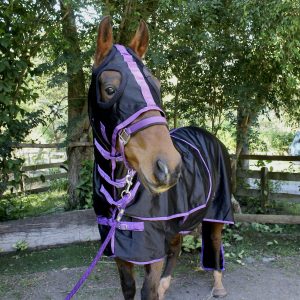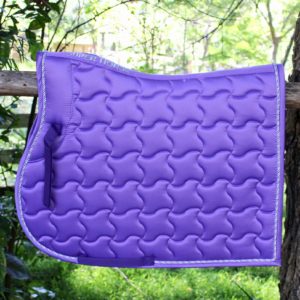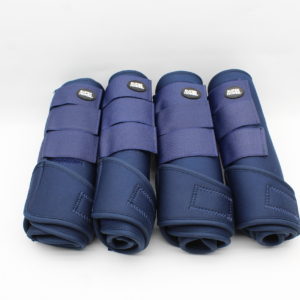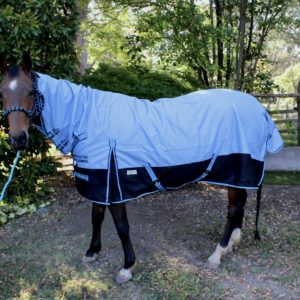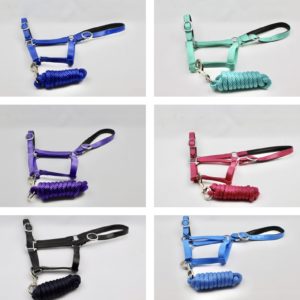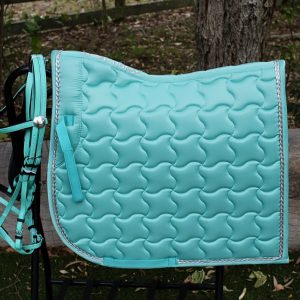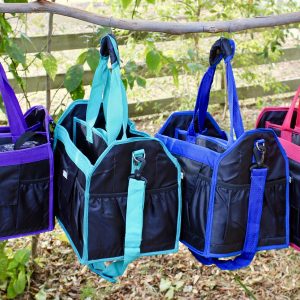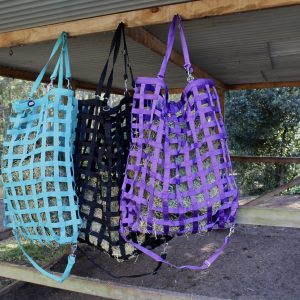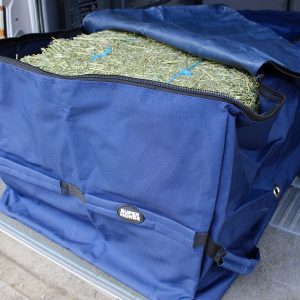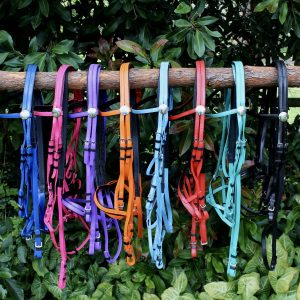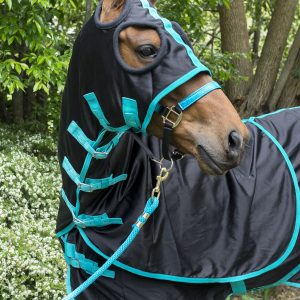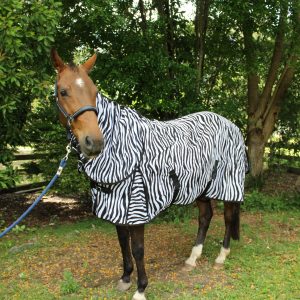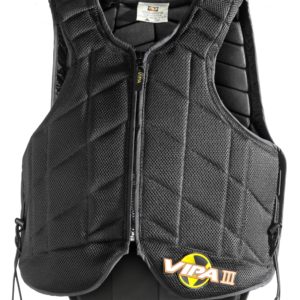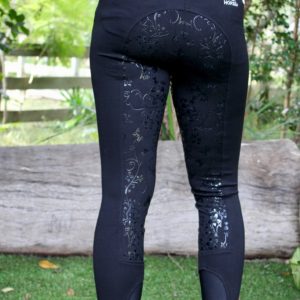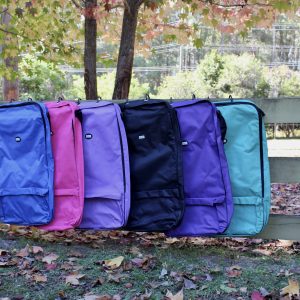Apr 12, 2017
Rain Scald
How to identify, minimise and treat.

The areas of the horse most commonly effected by rain scald are the: croup, loins, saddle area, neck and face.
The cause of rain scald is a bacteria known as Dermatophilus congolensis.
These bacteria live on the skin of carrier horses. These horses are often prone to developing the disease but don’t always show signs of it. They can, however, be the cause of spreading the disease to other horses.
For rain scald to spread you need three factors:
1 – Carrier horse nearby.
2 – Moisture (heavy rain).
3 – Skin trauma (scratches, abrasions).
If the skin of a non-affected horse is healthy and intact, the bacteria cannot invade and cause rain scald.
Brushes, rugs, saddle pads etc., can also spread the disease, so it is important to make sure your horses have their own grooming kits, rugs and saddle pads to prevent cross contamination.
When your horse has rain scald, the infected skin produces a discharge which dries and causes the hair to become matted. When these crusts are lifted, the underlying skin is pink, moist and sometimes bleeds.
Treatment of rain scald is simple:
It involves the application of an antibacterial agent to the skin, usually in the form of washes or shampoos.
Two effective ingredients in antibacterial scrubs/ shampoos are povidone/ iodine and chlorhexidine (Malaseb).
To apply the antibacterial scrub, gently massage the affected areas to remove the scabs, leave the wash on for 10 minutes and then wash off. Repeat daily for one week then twice weekly until all lesions have disappeared. I also find applying betadine cream effective.
To prevent further episodes of rain scald:
- Rug your horses, both affected and non-affected, as a preventative method. This will help keep your horse’s skin protected from the rain and also from insect bites. A good insect repellent is also recommended to use in conjunction with the horse rug.
- Make sure your fences have no sharp wire sticking out that can lacerate your horse’s skin.
Jan 19, 2017
Making sure your horses bit fits correctly is an important part of caring for your horse’s wellbeing. In order for the bit to work correctly, firstly it must sit in the horse’s mouth properly.
Often bits are either too small or too big. If your horse’s bit is too big, you will find that the bit will move back and forth in your horse’s mouth which may hit your horse’s teeth. If this occurs, your rein aids will be unclear and will not be transmitted effectively to your horse. However, a bit that Is too small can cause pinching, rubbing and your horse may be unable to close their mouth properly.
If you’re worried that your bit doesn’t fit correctly or the bit just isn’t right for your horse look out for some obvious signs:
- Opening of the mouth and bit chewing
- Tongue hangs out whilst riding
- Staying behind the bit
- Head tossing
- Sores or rubbed patches where the bit was.
- Bit rings should not press hard against your horse’s face
A BIT OF ADVICE
Checking that the bit fits correctly could possibly be the solution for your horse that is misbehaving. Whether or not this be the case, as a part of the SHS team we suggest you try this cheap and easy method.
All you need is:
A piece of bailing twine
A ruler/ measuring tape
STEP 1: Put a halter on your horse and have someone to assist you.
STEP 2: Grab the piece of twine and guide it into your horse’s mouth, also position the twine so that it sits in the corner of the lips approximately where the bit would lie.
STEP 3: Pull the twine tight and use your fingers to hold where it’s been positioned at each corner of the lips.
STEP 4: Remove the twine from your horse’s mouth while still holding the string. Then get your assistant to measure the length between your fingers with the ruler or tape measure.
This will give you a quick and easy guide on what size bit you should use for your horse. The general rule is; a well-fitting bit will create one or two wrinkles at the corner of the mouth once the bridle is on. If you are still concerned with how your bit fits, you could always ask your equine dentist, veterinarian or your horse trainer for their advice.
MEASURING YOUR BIT
All horse’s mouths have different conformations, which means that you should consider both the length of the mouth piece and the width. If your current bit fits well, you can use that size as a guide when shopping for a new bit.
To correctly measure your bit, lie it on a flat even surface. Then use a ruler or measuring tape and measure along the mouthpiece of the bit. Make sure that you measure from the inside of one ring to the inside of the other ring.
If you are second guessing your current bit size and your horses seems happy and responsive, don’t worry, chances are that the bit fits just fine.



